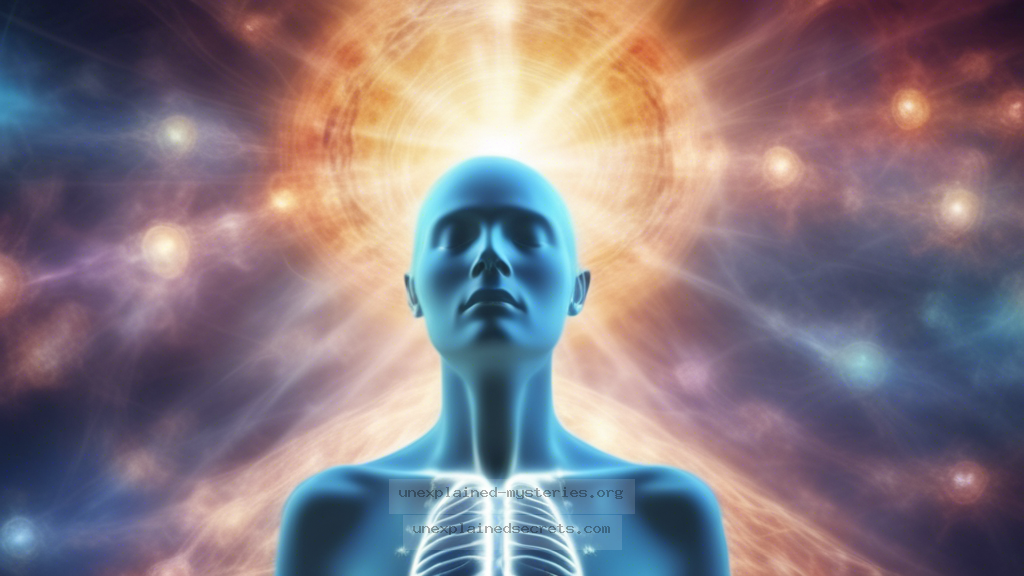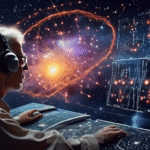What Do Near-Death Experiences Reveal About Consciousness After Clinical Death?
What Do Near-Death Experiences Reveal About Consciousness After Clinical Death?
The question of what happens to consciousness after clinical death has intrigued humanity for centuries. Near-Death Experiences (NDEs) have emerged as a significant field of study that seeks to explore this profound mystery. These experiences often encompass vivid perceptions, sensations, and feelings that defy conventional explanations. Understanding NDEs not only sheds light on the nature of consciousness but also raises critical questions about life, death, and the essence of being. In this blog post, we will delve into the multifaceted world of NDEs, examining documented cases, scientific studies, and the implications these experiences have on our understanding of consciousness.
Historical Context of Near-Death Experiences
The phenomenon of Near-Death Experiences has been documented throughout history, transcending cultures and eras. Ancient texts from various civilizations, including Egyptian, Greek, and Eastern traditions, often reference experiences resembling modern NDEs. For example, the Tibetan Book of the Dead discusses the journey of the soul after death, including visions and encounters that echo contemporary NDE reports.
In the modern era, NDEs gained significant attention in the 1970s, thanks to Dr. Raymond Moody’s groundbreaking work, “Life After Life.” Moody collected over 100 accounts of individuals who had experienced NDEs, identifying common elements such as feelings of peace, out-of-body experiences, and encounters with deceased loved ones. This seminal work prompted a wave of interest and research into this enigmatic phenomenon.
Core Concepts and Common Features of NDEs
NDEs are characterized by a variety of common features that often include:
- Experiencing a sense of detachment from the body.
- Feelings of peace, joy, or euphoria.
- Seeing a bright light or tunnel.
- Encountering deceased individuals or spiritual beings.
- Life reviews, where individuals witness significant moments from their lives.
These features suggest a shared archetype of consciousness that may transcend individual experiences. The consistent nature of these elements across diverse cultural backgrounds points to a deeper reality that challenges our conventional understanding of consciousness and its relationship to the physical body.
Scientific Research: What Do Studies Reveal?
Scientific inquiry into NDEs has been growing, with researchers attempting to understand the mechanisms behind these experiences. Studies have employed methodologies ranging from psychological assessments to neurobiological investigations. One notable research effort is the AWARE study, led by Dr. Sam Parnia, which aims to investigate consciousness during cardiac arrest.
Initial findings indicate that some patients have reported NDEs during periods of clinical death, where brain activity is thought to cease. This raises significant questions about the nature of consciousness and its potential independence from the brain. In a 2014 study published in the journal “Resuscitation,” it was reported that approximately 10-20% of people resuscitated from cardiac arrest experienced some form of NDE.
Real-World Examples: Documented Cases of NDEs
Numerous documented cases of NDEs provide compelling evidence for the exploration of consciousness. One of the most famous cases is that of Dr. Eben Alexander, a neurosurgeon who experienced a profound NDE while in a coma due to bacterial meningitis. In his book “Proof of Heaven,” he describes a journey through a vibrant and beautiful realm, encountering divine beings and experiencing unconditional love.
Another notable example is the case of Pam Reynolds, who underwent a complex brain surgery in the 1990s. During the procedure, she reported an NDE in which she floated above her body, witnessed surgical details, and encountered deceased relatives. Her account included precise observations of the medical team and the environment, which were later confirmed, lending credence to her experience.
Practical Implications: What Do NDEs Mean for Our Understanding of Life and Death?
The implications of NDEs are profound and multifaceted. They challenge traditional views of consciousness as merely a product of brain activity, suggesting that consciousness might persist beyond the physical body. This raises philosophical and spiritual questions about the nature of existence, the afterlife, and our understanding of what it means to be human.
Moreover, many individuals who undergo NDEs report significant life changes. Common transformations include a reduced fear of death, a newfound appreciation for life, and a desire to share their experiences with others. This transformative aspect of NDEs highlights their potential role in personal growth and healing.
Alternative Perspectives: Skepticism and Criticism
While the phenomenon of NDEs is compelling, skepticism remains. Critics argue that NDEs can be explained through physiological processes occurring in the brain during traumatic events, such as oxygen deprivation or the release of endorphins. Some researchers propose that the feelings of peace and detachment may be the brain’s coping mechanism in response to extreme stress or trauma.
Additionally, the subjectivity of NDEs raises questions about their validity as evidence for life after death. Critics assert that personal accounts can be influenced by cultural beliefs, expectations, and psychological factors, leading to varied interpretations of similar experiences.
Common Misconceptions about NDEs
Several misconceptions surround the topic of NDEs that can lead to misunderstandings. Here are a few key clarifications:
- All NDEs are positive: While many people report uplifting experiences, not everyone has a pleasant NDE. Some individuals describe distressing or negative aspects, challenging the notion that all NDEs are inherently positive.
- NDEs are proof of an afterlife: While many interpret NDEs as evidence of life after death, others argue that they are subjective experiences that may not conclusively point to an afterlife.
- NDEs are solely linked to clinical death: Some reports of NDE-like experiences occur in non-life-threatening situations, suggesting that these experiences might not always correlate with clinical death.
Best Practices for Investigating NDEs
For those interested in exploring NDEs further, several best practices can enhance the quality of research and understanding:
- Approach with an open mind: Investigate NDEs without preconceived notions, allowing for a comprehensive understanding of various perspectives.
- Engage with diverse accounts: Collect and analyze a range of NDE reports across different cultures and backgrounds to identify commonalities and differences.
- Incorporate interdisciplinary research: Collaborate with experts in fields such as psychology, neuroscience, and spirituality to gain a holistic view of NDEs.
Future Developments and Ongoing Research
The field of NDE research is evolving, with ongoing studies aiming to unravel the mysteries surrounding consciousness and its potential survival after death. As technology advances, researchers are exploring neuroimaging techniques to study brain activity during near-death situations. Additionally, interdisciplinary approaches combining neuroscience, psychology, and spirituality may yield new insights into the nature of consciousness.
Organizations dedicated to NDE research, such as the International Association for Near-Death Studies (IANDS), continue to promote awareness and understanding of these experiences. As public interest grows, we may witness an expansion of funding and support for rigorous scientific studies in this area.
Conclusion: Embracing the Mystery of Consciousness
Near-Death Experiences present an intriguing intersection of science, spirituality, and personal transformation. While skepticism and alternative perspectives exist, the consistent themes and profound impacts associated with NDEs challenge our understanding of consciousness and its potential existence beyond physical life. As research continues, we are encouraged to embrace the mystery and complexity of human experience, acknowledging that the nature of consciousness may extend far beyond our current comprehension.
As we venture into the unknown, we remain open to the insights that NDEs can provide, fostering a deeper understanding of life, death, and the intricacies of being. 🌟
Other Articles
Recent Posts
- What Happened to Flight MH370? The Conspiracy Theories That Still Haunt Us
- What Secrets Lurk Within the Walls of the Infamous Trans-Allegheny Lunatic Asylum?
- What Evidence Supports the Existence of Bigfoot in the Pacific Northwest?
- What Happened to the Indus Valley Civilization? Unraveling the Mysteries of Ancient Urban Life
- Can Telepathy Be Scientifically Proven Through Laboratory Evidence?







